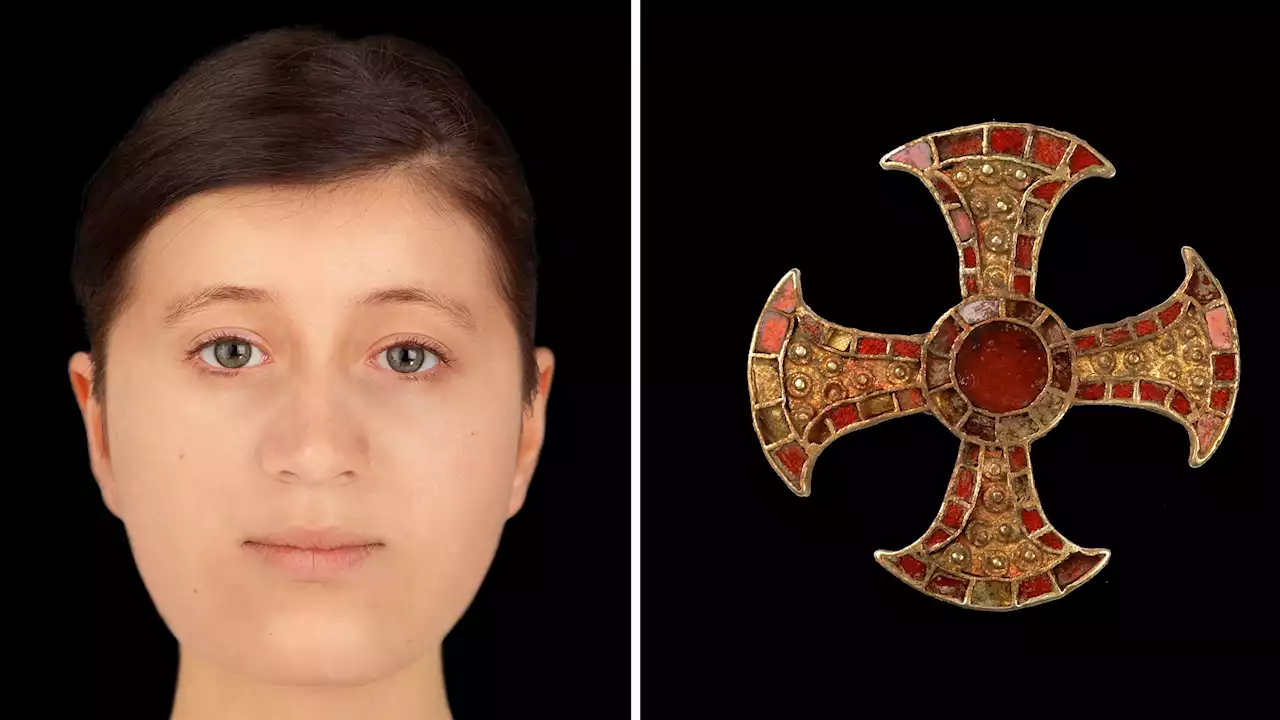The University of Cambridge researchers also examined her bones, revealing that she immigrated to England from Central Europe at a young age.
“It was interesting to see her face developing. Her left eye was slightly lower, about half a centimeter, than her right eye. This would have been quite noticeable in life,” said Hew Morrison, a forensic artist, in anThe Cambridge Archaeological Unit discovered the bones of this mysterious young woman in Trumpington Meadows in Cambridge's southern outskirts in 2012.The isotopic study of her bones and teeth revealed yet another intriguing detail about this young woman.
After she moved to England, her diet quantity drastically reduced. The team assumes that her diet switch occurred around the end of her young life. This also suggests that the time between her relocation and death was relatively brief. The young woman was most certainly unwell, but her specific cause of death remains unknown even after multiple scientific investigations.She was found buried in a unique "bed burial tradition" with a decorated headboard. She was put on a carved wooden bed while wearing the garnet cross . Several gold pins and exquisite clothing were also recovered from theOnly 18-bed burials have been discovered in the U.K. to date, according to the researchers.
The cross found at the site indicates the ones found in the coffin of St Cuthbert. She might be associated with early Anglo-Saxon Christianity.
Brasil Últimas Notícias, Brasil Manchetes
Similar News:Você também pode ler notícias semelhantes a esta que coletamos de outras fontes de notícias.
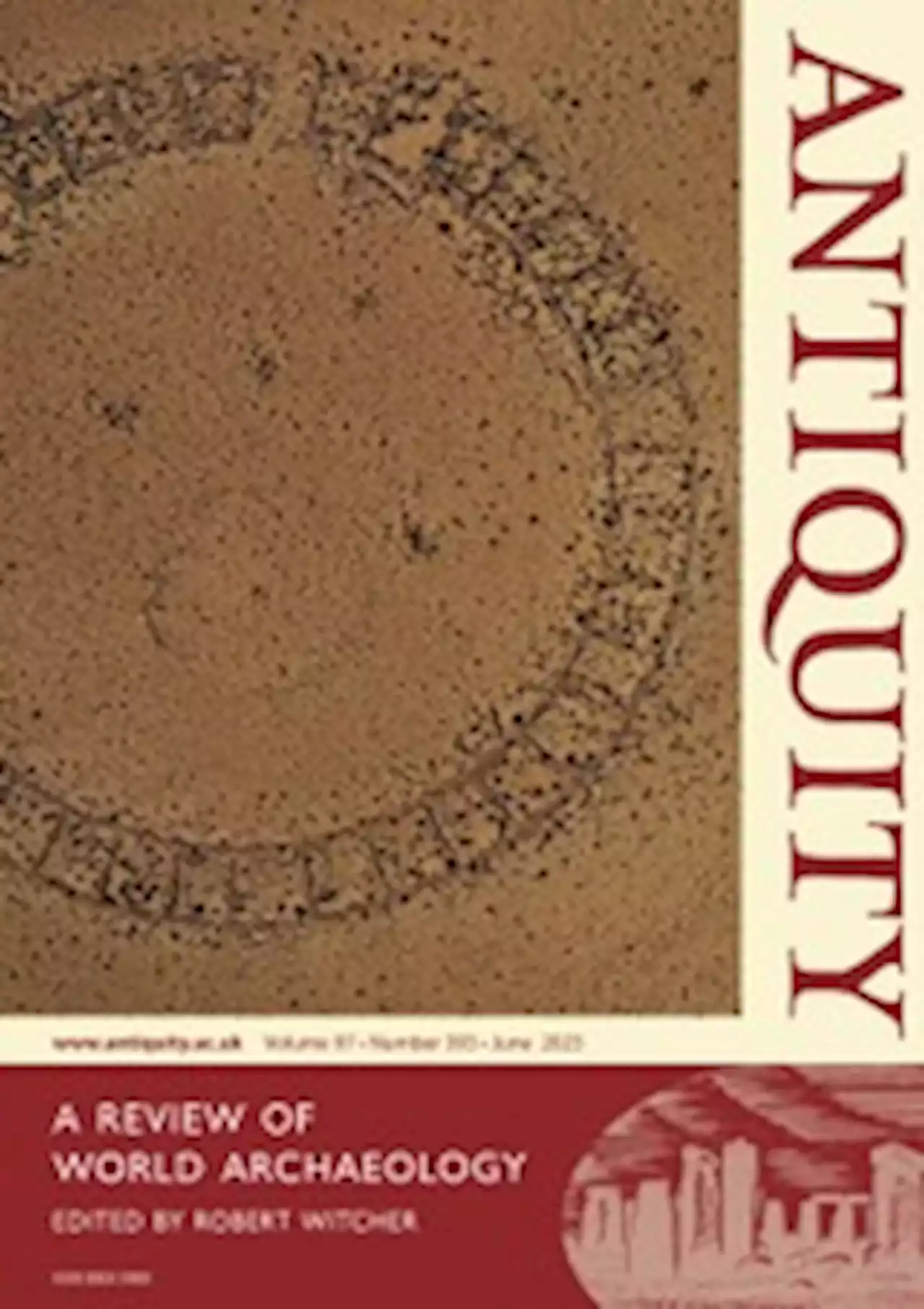 Christopher Evans, Sam Lucy & Ricky Patten. 2018. Riversides: Neolithic barrows, a Beaker grave, Iron Age and Anglo-Saxon burials and settlement at Trumpington, Cambridge (New Archaeologies of the Cambridge Region 2). Cambridge: McDonald Institute for Archaeological Research; 978-1-902937-84-7 £45. | Antiquity | Cambridge CoreChristopher Evans, Sam Lucy & Ricky Patten. 2018. Riversides: Neolithic barrows, a Beaker grave, Iron Age and Anglo-Saxon burials and settlement at Trumpington, Cambridge (New Archaeologies of the Cambridge Region 2). Cambridge: McDonald Institute for Archaeological Research; 978-1-902937-84-7 £45. - Volume 93 Issue 369
Christopher Evans, Sam Lucy & Ricky Patten. 2018. Riversides: Neolithic barrows, a Beaker grave, Iron Age and Anglo-Saxon burials and settlement at Trumpington, Cambridge (New Archaeologies of the Cambridge Region 2). Cambridge: McDonald Institute for Archaeological Research; 978-1-902937-84-7 £45. | Antiquity | Cambridge CoreChristopher Evans, Sam Lucy & Ricky Patten. 2018. Riversides: Neolithic barrows, a Beaker grave, Iron Age and Anglo-Saxon burials and settlement at Trumpington, Cambridge (New Archaeologies of the Cambridge Region 2). Cambridge: McDonald Institute for Archaeological Research; 978-1-902937-84-7 £45. - Volume 93 Issue 369
Consulte Mais informação »
 Salt from space could explain where Earth got its water, U of A researchers sayFor Star subscribers: A salty discovery by scientists at the University of Arizona could bolster the idea that most, if not all, of the water on Earth was delivered here long ago inside of space rocks.
Salt from space could explain where Earth got its water, U of A researchers sayFor Star subscribers: A salty discovery by scientists at the University of Arizona could bolster the idea that most, if not all, of the water on Earth was delivered here long ago inside of space rocks.
Consulte Mais informação »
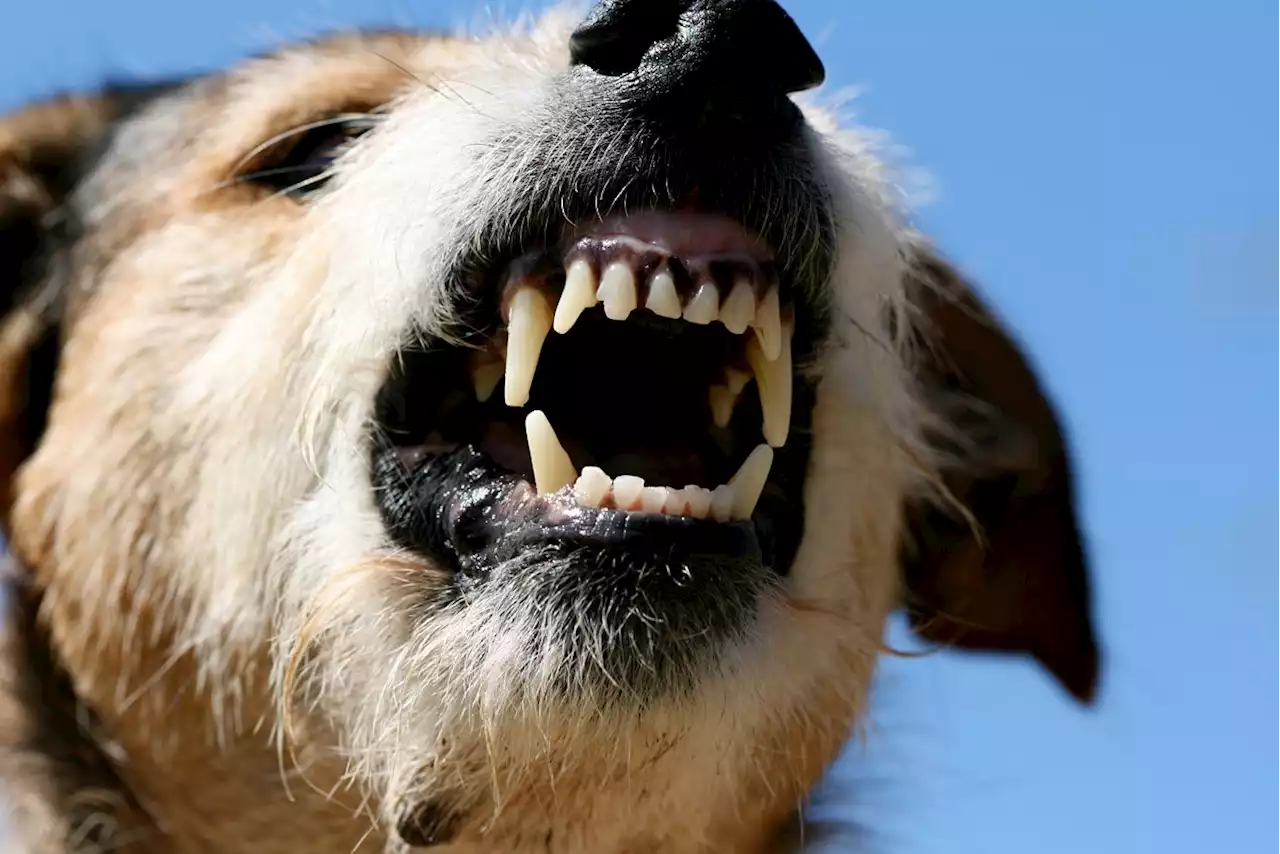 Harvard Researchers Find Dogs Bite People More on Hot DaysRising global temperatures and pollution levels might have one particularly unexpected side effect: dog bites.
Harvard Researchers Find Dogs Bite People More on Hot DaysRising global temperatures and pollution levels might have one particularly unexpected side effect: dog bites.
Consulte Mais informação »
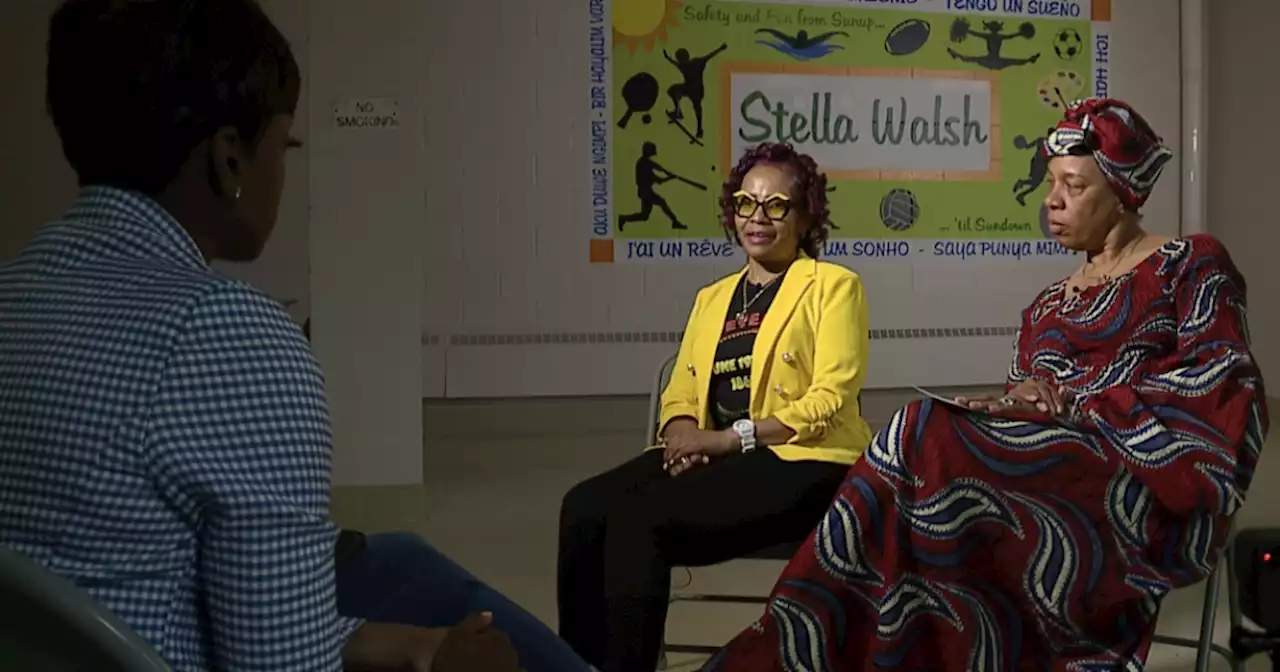 CWRU researchers work with Cleveland rec centers to address trauma in the communityCase Western Reserve University has been working to transform Cleveland’s 22 recreation centers into trauma-informed Neighborhood Resource and Recreation Centers.
CWRU researchers work with Cleveland rec centers to address trauma in the communityCase Western Reserve University has been working to transform Cleveland’s 22 recreation centers into trauma-informed Neighborhood Resource and Recreation Centers.
Consulte Mais informação »
 GOP Targets Researchers Who Study Disinformation Before 2024 ElectionOn Capitol Hill and in the courts, Republican lawmakers and activists are mounting a sweeping legal campaign against universities, think tanks and private companies that study the spread of disinformation, accusing them of colluding with the government to suppress conservative speech online. The effort has encumbered its targets with expansive requests for information and, in some cases, subpoenas — demanding notes, emails and other information related to social media companies and the governmen
GOP Targets Researchers Who Study Disinformation Before 2024 ElectionOn Capitol Hill and in the courts, Republican lawmakers and activists are mounting a sweeping legal campaign against universities, think tanks and private companies that study the spread of disinformation, accusing them of colluding with the government to suppress conservative speech online. The effort has encumbered its targets with expansive requests for information and, in some cases, subpoenas — demanding notes, emails and other information related to social media companies and the governmen
Consulte Mais informação »
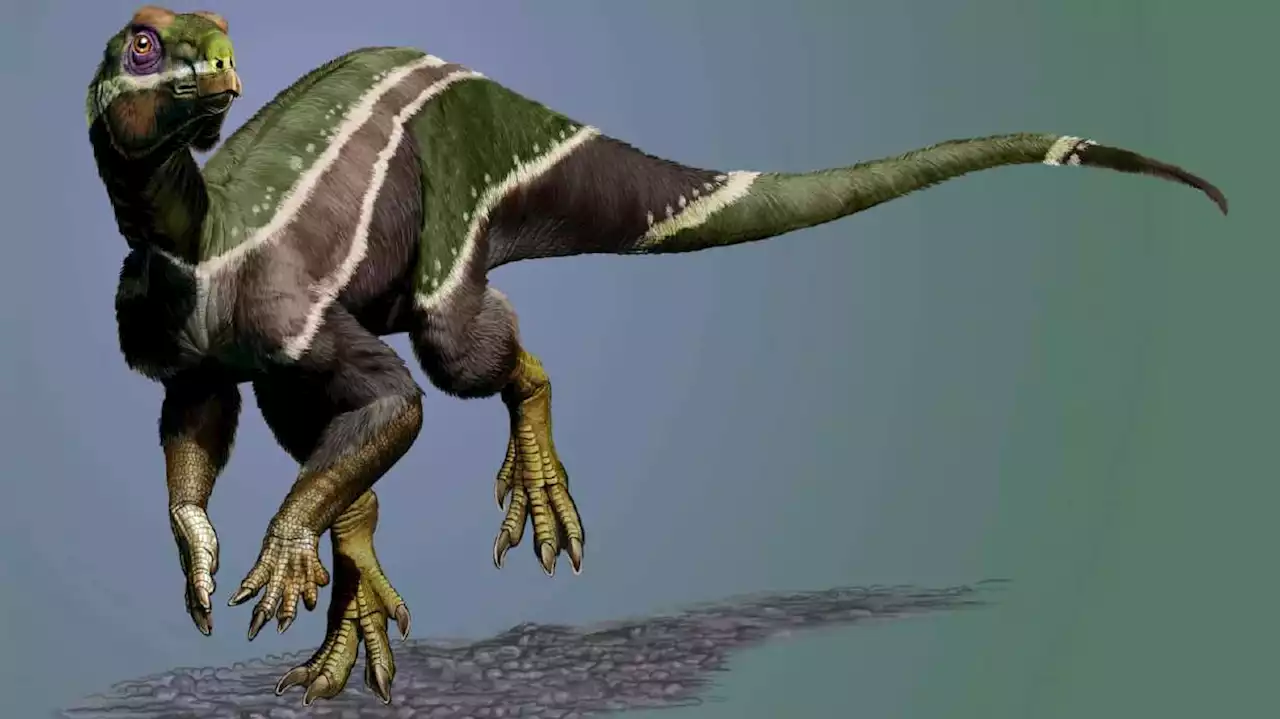 New dinosaur species found in Utah helps researchers piece together Earth's historyThe bones of a previously unknown plant-eating dinosaur found in central Utah nearly a decade ago may provide new clues about how the Earth's climate changed millions of years ago.
New dinosaur species found in Utah helps researchers piece together Earth's historyThe bones of a previously unknown plant-eating dinosaur found in central Utah nearly a decade ago may provide new clues about how the Earth's climate changed millions of years ago.
Consulte Mais informação »
